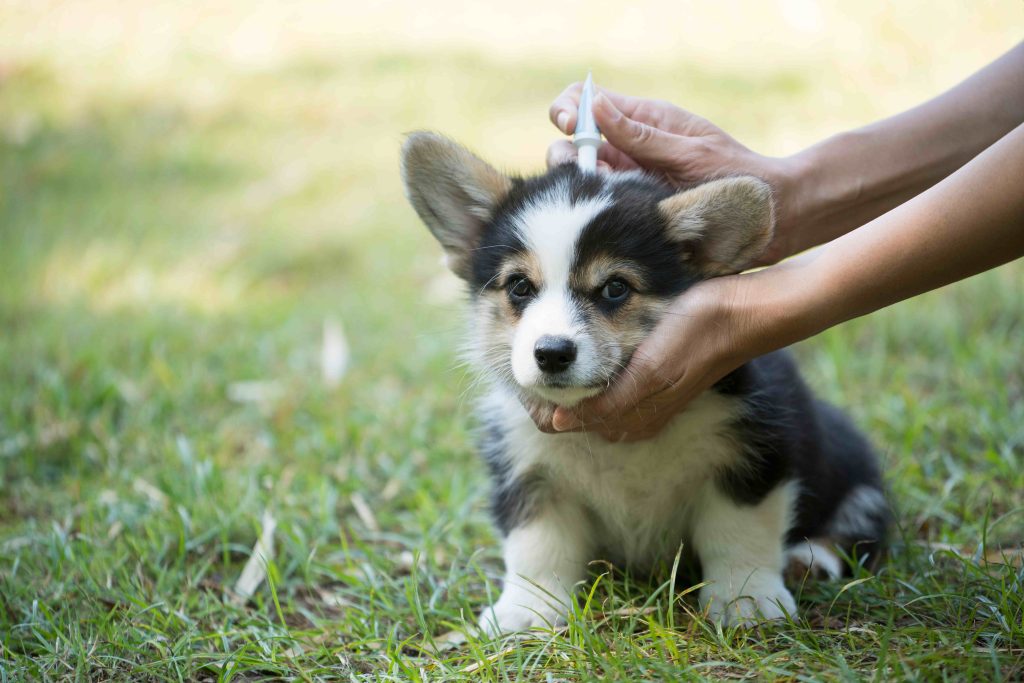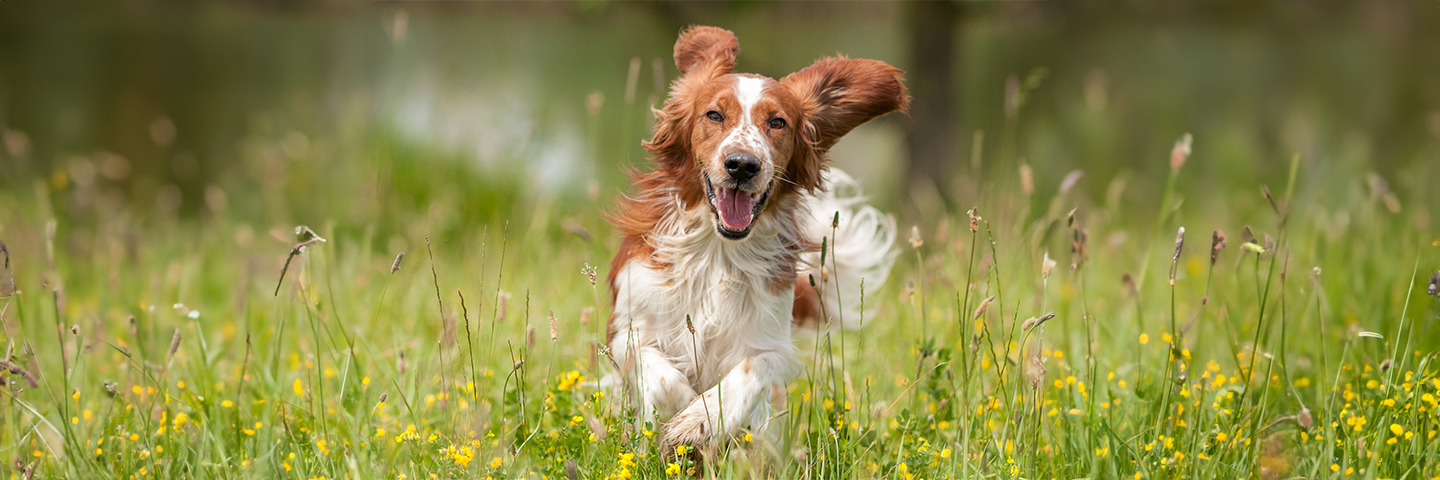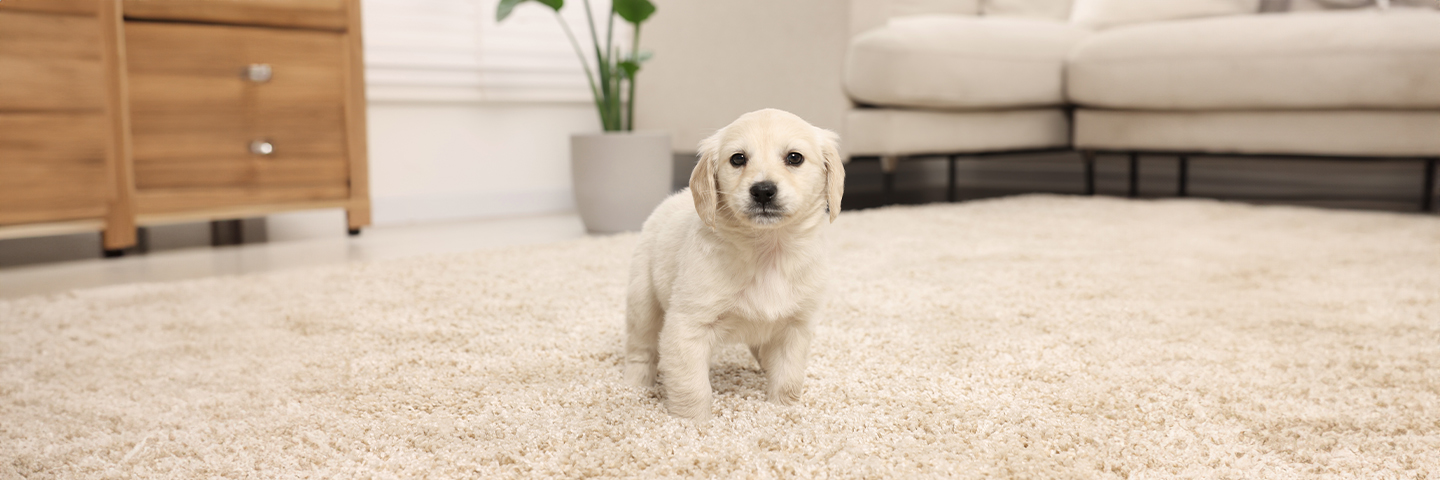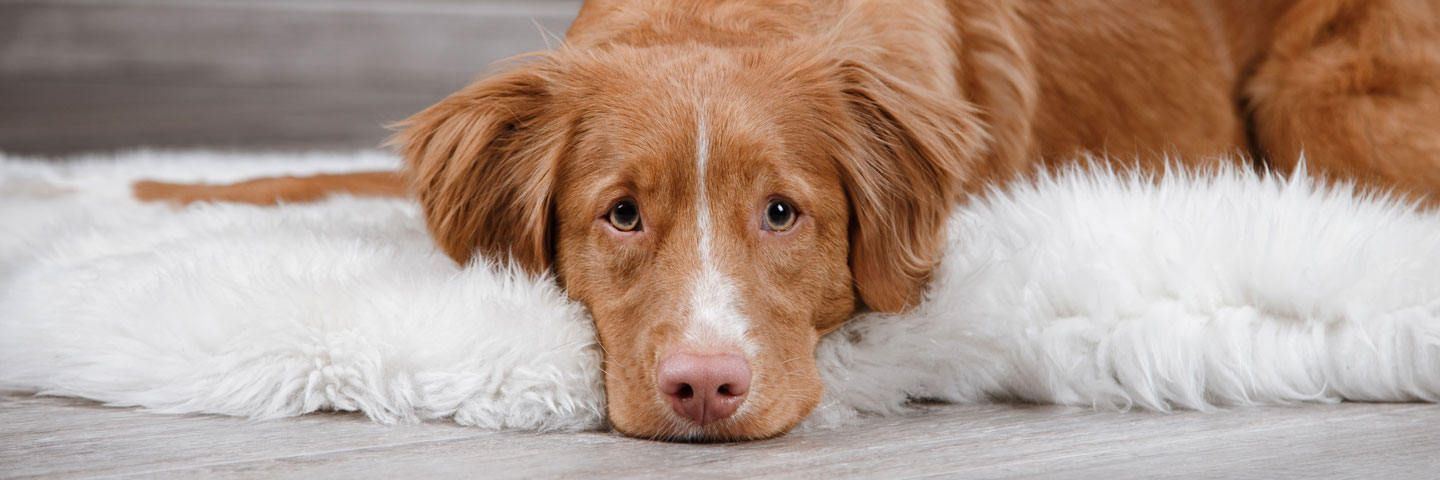Understand the flea life cycle and how to kill fleas
Understanding the flea life cycle is the first step in successful flea control. Whether you’re fighting an active flea infestation or protecting your pet and your home from fleas.
Most pet owners know to be on the lookout for adult fleas and treat their pets to stop them becoming infested. But many pet owners are unaware of the other stages of a flea’s life cycle – the eggs, larvae and pupae – and how to get rid of them.
The Adult Flea
The adult flea is the stage of the flea life cycle you are most likely to see. They jump onto your pet to feed and breed.
The female flea is a prolific egg layer, on average producing up to 50 eggs per day.
Adult fleas don’t usually stay on your pet for long, often being groomed out after 7–14 days. However, on older or more obese animals who cannot groom as well, adult fleas could remain for 2–3 months. If you leave your pet untreated or miss a flea treatment, this gives ample opportunity for a flea infestation to develop.
Flea Eggs
Flea eggs are small, white and oval-shaped. They have shiny shells, so slip easily through your pet’s coat and land wherever your pet is. This could be your sofa, bed or carpet – anywhere in your home.
Flea eggs usually hatch after 5–10 days depending on temperature and humidity.
Flea Larvae
The flea eggs hatch into flea larvae, which feed on organic material, such as shed skin cells (from pets and people) and ‘flea dirt’ (flea faeces) from adult fleas. The latter, comprising mainly of dried blood, is a good source of protein for the developing flea larvae.
Flea larvae are negatively phototaxic, meaning they crawl away from light. They crawl deep into carpets and under skirting boards – anywhere dark and warm.
They will then spin their protective pupal cocoon.
Flea Pupae
Flea pupae are particularly troublesome. While inside the pupal cocoon, flea pupae cannot be killed by any insecticides. They are also very sticky, so debris from the environment, like carpet fibres, dust and hair, stick to them helping create a camouflage.
In optimum conditions, flea pupae hatch after four days, but they can survive for over 140 days until the most beneficial circumstances arrive. This could be when a host walks by, or even in the winter when you turn your central heating on.
While in the pupal cocoon, flea pupae cannot be killed by any insecticides.

How to get rid of adult fleas, flea eggs and flea larvae
To get rid of adult fleas, flea eggs and flea larvae, you need to make sure you’re using the right flea product. Flea eggs, flea larvae and flea pupae all live in the environment; in your carpets, floorboards and skirting boards. This means 95% of a flea infestation is in your home. Only 5% is on your pet; the adult fleas.
To give your pet and home complete protection from fleas, you need to treat them both and include the following in your flea treatment routine:
- an insecticide to kill the adult fleas
- an Insect Growth Regulator (IGR) which targets flea eggs and flea larvae
The second thing you need to consider is if you’re treating an active flea infestation or you just want to prevent one.
When dealing with an active flea infestation, your will need an on-animal insecticidal treatment and a household flea treatment containing an IGR for complete protection. We recommend Beaphar FIPROtec® Spot-On, which kills adult fleas on cats and dogs, and Beaphar FLEAtec Household Flea Spray, which contains an IGR and an insecticide.
If you don’t have fleas but want an easy way to protect both your pet and home, try a combination on-animal flea treatment. Combination on-animal flea treatments contain both an insecticide and an IGR. This means they can kill adult fleas on your pet, and prevent flea eggs and flea larvae developing in the home. An example is Beaphar FIPROtec® COMBO, which is available for either cats or dogs.
Both options, when the products are used correctly, will provide effective protection against fleas. However, if you’re treating an ACTIVE flea infestation, we’d ALWAYS recommend using a household flea treatment, such as Beaphar FLEAtec Household Flea Spray, alongside your on-animal flea treatment. This allows you to get on top of your flea problem much more quickly.
How to get rid of flea pupae
No flea treatment can kill flea pupae because of the impenetrable pupal cocoon. And because they can lie dormant for months, you can get an unexpected flea infestation if you miss a flea treatment.
The only way to get rid of flea pupae is to treat the home with a household flea treatment and encourage them to hatch. Once the pupae have hatched into adult fleas, the insecticide in the household flea treatment will then kill them.
Before treating your home with a household flea treatment, we recommend vacuuming. This creates vibrations, which stimulate the flea pupae to hatch. Continue to vacuum regularly and use your household flea treatment as instructed until the problem is resolved. And don’t forget to continue your pet’s flea treatment routine as explained on those products as well.
How to tell if your cat or dog has fleas?
The most common signs of fleas in cats and dogs is scratching or black specs on their fur or bed. If you notice either of these, check your pet for fleas.
 Dog Care
Dog Care Events
Events


